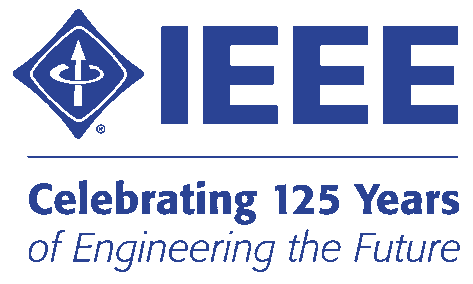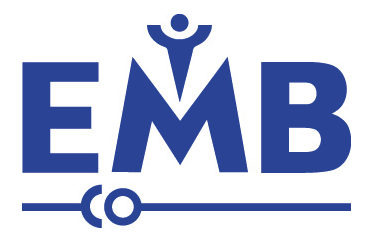| events | executive | news |
The EMBS Chapter of the IEEE Ottawa Section was recognized as the Best Ottawa Chapter in 2008, 2010, 2014, 2019, and 2022 and received the Outstanding Chapter Award from IEEE EMBS in 2011!
Organic Biosensors and Point-of-Care Technologies for Oral Diagnostics, and Health and Environmental Monitoring Applications

Assistant Professor, Department of Electronics, Carleton University
February 15, 2022 11:30 - 12:30
This is an online event. The details on how to join the event will be available once you register.
Register at EventBrite
abstract
The need for oral health monitoring Point-of-Care (PoC) systems is ever growing. This is only heightened further by the ongoing COVID-19 pandemic where the lack of rapid PoC testing has placed an unsustainable burden on centralized laboratory testing. Commercial efforts into PoC testing have largely been limited to blood-based PoC devices such as the Siemens Epoc® and Abbott i-STAT® systems, and efforts into wearable continuous health monitoring systems have largely focused on electrophysiological signals, with wearable glucose monitoring systems being the main exception. Similar efforts for biochemical monitoring of other such analytes through oral biosensing are yet to come to fruition.
In my talk, I will share some of our recent research highlights including two novel oral biosensor technologies for detection of high impact hormones cortisol in saliva and 8-isoprostane in exhaled breath condensate (EBC) using organic electrolyte gated FET (OEGFET) and molecularly imprinted electroimpedance spectroscopy biosensors (MIP EIS) respectively. I will also share our efforts in implementing graphene based organic thin film transistors and chemiresistive sensors for detection gaseous analytes, VOCs, and ionic species for health and environmental monitoring. Finally, I will share our ongoing efforts on creating a prototype isothermal RT-PCR system for rapid detection of viruses such as COVID-19 in bio-fluids.
biography
Dr. Ravi Prakash received his B.Sc. degree (2008) in Mechanical and Biomedical Engineering from Indian Institute of Technology Madras, India, and his M.Sc. (2010) and Ph.D. (2013) in Electrical and Computer Engineering from University of Calgary, Canada. Prior to joining Carleton in 2018, he worked as Assistant Professor in the Electrical Engineering Department at Queen's University (2017-18), and as an NSERC postdoctoral fellow (2015-16) at the Provincial Laboratory for Publich Health of Alberta, Calgary. His research contributions are primarily in the fields of Lab-on-Chip micro-devices, organic field effect transistor sensors for non-invasive biosensors and point-of-care diagnostics, soft-wearable health monitoring systems, graphene derived chemical and environmental sensors. His research contributions have led to over 40 peer-reviewed publications, including 21 journal publications, 15 conference publications, 2 book chapters, and 3 patents. In addition, he has presented at several prestigious events including 15 international conferences.
Dr. Prakash oversees the interdisciplinary Organic Sensor and Devices Laboratory (OSDL) at Carleton University, investigating organic, label-free chemical and biological sensors, screen-printed bio-electronic microsystems, flexible organic electronic components for wearables and human-device interfacing, and smart interfaces for environmental monitoring applications. OSDL research initiatives sustain and support a strong cluster of undergraduate, graduate, and post-doctoral trainees.
Dr. Prakash is a licensed professional engineer in the province of Ontario, and member of several technical organizations including the Institute of Electrical and Electronics Engineers (IEEE), the IEEE Engineering in Medicine and Biology Society (EMBS), and the IEEE Sensors Council. He serves as peer reviewer for several international journals, and as a scientific advisor on the European Commission funded large-scale STAMINA research initiative on Smart support platform for pandemic prediction and management.
Last updated February 03, 2022


